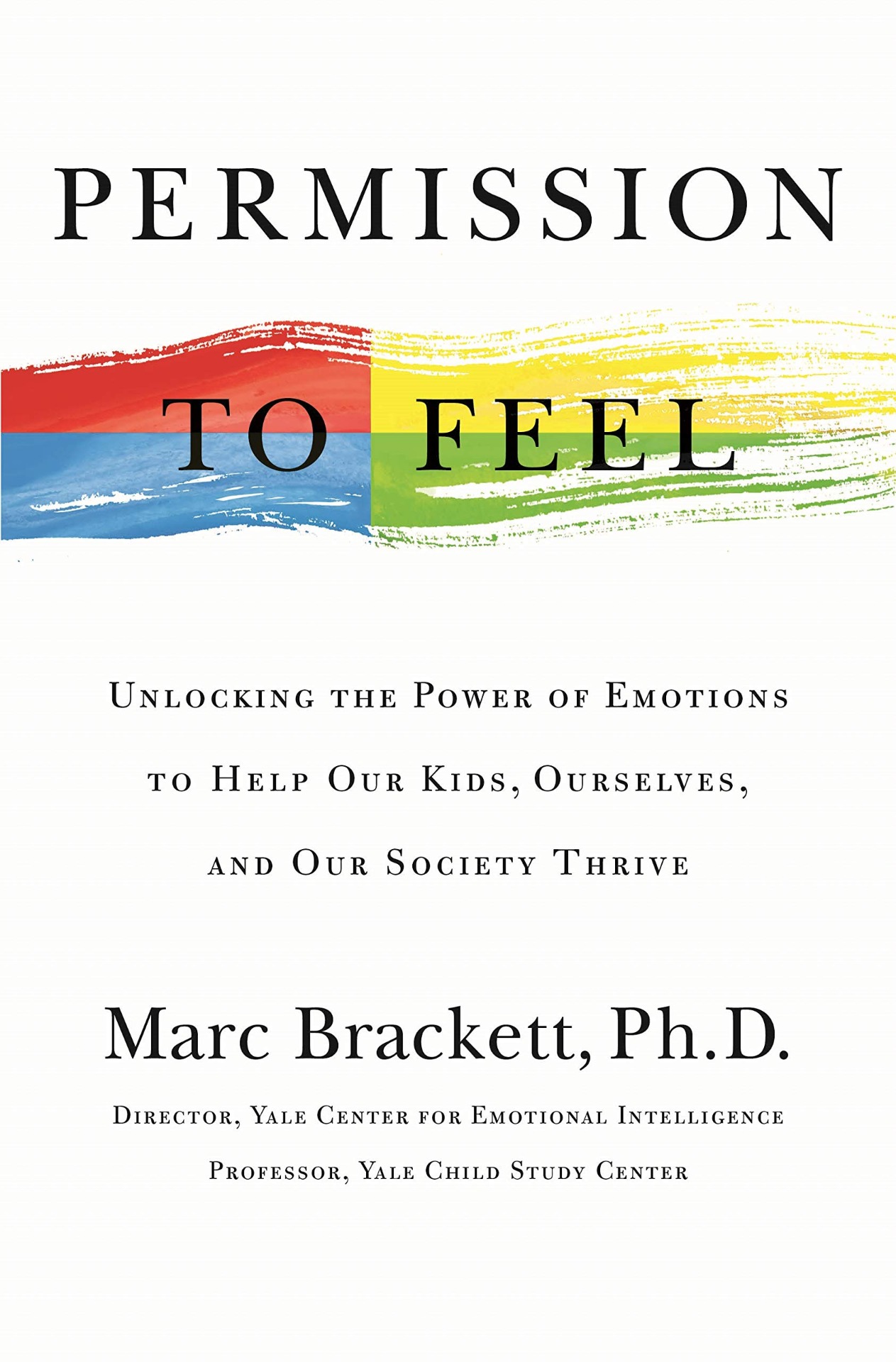Permission to Feel

Think of a river... the water continuously flows, the water in the stream is never the same from the previous day. A river is constantly changing at any point in time.
Emotions are like a river. They hold information about our past, how we feel in specific situations, or how we feel at the very moment. However, similarly to a river our emotions are constantly changing.
As educators we must remember that children have not learned how to channel or suppress or compartmentalize their emotions. They feel their emotions so real-ly. They experience their emotions more powerfully than we do.
Sometimes I think we forget that emotions play huge roles in our lives, they have a practical purpose, to help us make critical decisions
Feelings help influence many different aspects through our daily lives, they can impact: what we remember and learn, where we direct our attention, what we decide. They also influence our social relations including what we feel and how we interpret others feelings. They can influence our physical and mental health overtime. Emotions have the ability to impair mental capacity, effect creativity, effectiveness, and performance.
One of the biggest struggles educators sometimes have is how they view emotions in their students. We need to view negative emotions as a cry for help rather than a disruption. We need to ensure that we are empathetic and our students know we care and love them. One of my biggest take away was the fact the author felt like our education system can at times squash individual thinking. I feel it's our duty to create an environment in which learners are valued, creative and individual thinking is respected, and students are safe to feel.
In general, we need to be able to recognize our emotions and see how they are affecting our behavior. It is vital that our students have permission to feel, are equipped with the vocabulary to express their emotions, and the skills to handle emotions. As educators we need to ensure we are creating an environment that helps student succeed and grow in academics and in the social and emotional learning. It is important to remember that our feelings encourage us to treat others certain ways. It helps us focus our thinking, it can open us up or close us in. Having feelings motivate our lives but can also influence our actions and interactions.
We learned that there are two types of emotions for decision making:
- Integral Emotions- which are caused by the action at hand, they are typically understandable.
- Incidental Emotions- which have nothing to do with what is going on but may be lingering from something prior.
We need to teach students how to pause and ask "what we are reacting to" and helpful and acceptable ways to respond to that emotion. We have the chance to support and nurture students to help them flourish in their environment. The RULER framework helps guide educators and students through handling and identifying emotional root causes and we need to provide students with patience as students are growing into themselves.
R.U.L.E.R Method
Recognize the occurrence of an emotion
Understanding know the cause of emotions and how they influence thoughts and decisions
Labeling the emotion with proper vocabulary
Expressing- knowing how and when to display emotions
Regulating- monitoring and modifying emotional reactions in helpful ways

Resources:
Permission to Feel: Unlocking the Power of Emotions to Help Our Kids, Ourselves, and Our Society Thrive by Mark Brackett Ph.D.